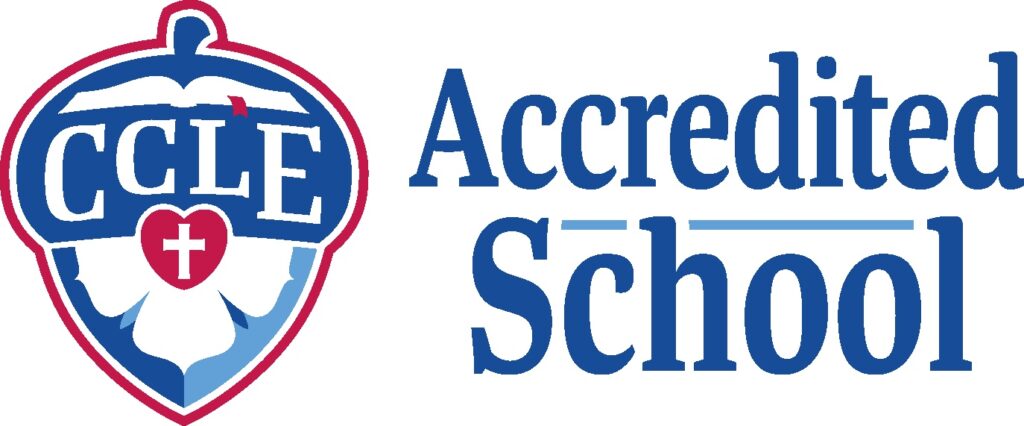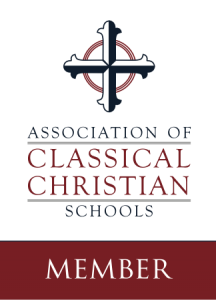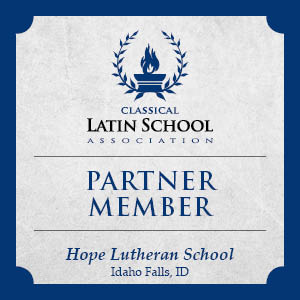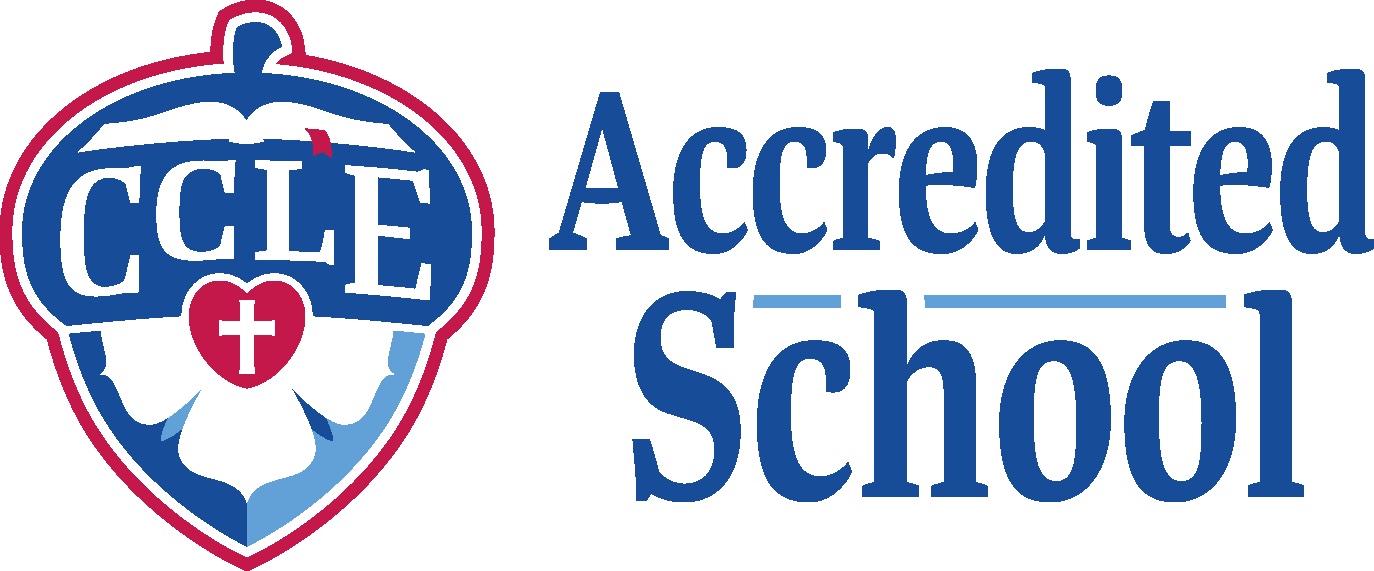Classical Academy



“A classical Christian education is a formative education designed to incline the child toward truth, goodness, and beauty through the liberal arts and sciences, guided by the great literature, art, music, and ideas of Western Civilization, all enfolded by the merciful assurance of Jesus Christ as the eternal embodiment and fulfillment of truth, goodness, and beauty for us.” Cheryl Swope, author of Simply Classical: A Beautiful Education for Any Child
Hope Lutheran provides a Classical Christian Education to our Preschool through 8th grade students. Classical education is a time tested approach that teaches the student to understand the “how” of learning. If students know how to learn, they can excel in any field, subject, or situation. Classical education is effective because, regardless of a child’s learning style, classical education understands that all children learn best through their natural stages of development in grammar (the acquisition of facts and truth, the “what” of learning), logic (the evaluation of ideas by the science of sound reasoning, the “why” of learning), and rhetoric (the living and expressing of what is true, good, and beautiful, the “how” of lifelong learning). These three stages are known as the verbal arts or the Trivium of classical education.
- In the grammar stage, students find it easy and fun to memorize and enjoy choral recitations and chants; they are given opportunities to memorize all types of facts in math, geography, literature, English, religion, and Latin. These facts are the “grammar” or building blocks inherent in every subject and are acquired in the elementary grades.
- In the logic stage, students learn how the grammar they just learned interacts in a system. Students begin to analyze, critique, construct, and use the scientific method. They learn how to identify and make a valid and sound argument and how to identify an invalid argument. The logic stage of learning takes place in the middle school grades.
- In the rhetoric stage, students learn to speak accurately on a subject. They learn how to learn a subject, how to apply that subject, and how to teach and help others with that subject. They are able to debate and critically analyze a subject and to express and live what is true, good, and beautiful, as revealed in God’s Word and given to us in Christ Jesus. This stage of learning takes place in the high school grades. At this stage, students also learn to discern and develop those talents God has given them and to apply those talents toward the pursuit of what are called their vocations, or callings, in life as lifelong learners and workers, in their callings in future marriage and family or in the single life in Christ, and as professionals in their chosen careers, all of these enveloped in Christ Jesus, who gives them His joy, peace, strength, and wisdom in all these things.
Classical education is language-focused; learning is accomplished through words, written and spoken, rather than through images (pictures, videos, and television). Why is this important? Language-learning and image-learning require very different patterns of thought. Language requires the mind to work harder; in reading, the brain is forced to translate a symbol (words on the page) into a concept. Images, such as those on videos and television, allow the mind to be passive. In front of a video screen, the brain can relax; faced with the written page, the mind is required to roll its sleeves up and get back to work.
Humanities vs. Science
Classical education is built around a humanities core. The goal for elementary students is not to master science as that comes developmentally at the high school level. While being introduced to science, they will learn most importantly how to understand and approach it, not just mere facts. The study of the humanities leads to scientific reasoning. Science as we know it today used to be known as “Natural Philosophy” which led to the Scientific Revolution and beyond. Students will learn how to think about and appreciate nature, not merely observe it.
Multi-Grade Classrooms
At Hope, students in the 1st through 8th grades remain with the same teacher for more than one year. Multi-age classrooms are made up of a mix of abilities and ages. Students have the advantage of being able to learn at their own pace.
The benefits of multi-age classrooms include:
- Developmentally appropriate, child-centered, continuous learning
- An integrated curriculum, and
- Attention to the education of the whole child.
In multi-age classrooms, all children, even the older children, are on their own continuum of learning. The curriculum is opened up for ALL the children. The older child is able to go as far as he or she is able to go just as the younger child is, and the younger child experiences a gradual, intermittent exposure to what the older children are learning. Oftentimes in a same-grade classroom, some children who have accomplished the curriculum stagnate or get bored with learning things they already know. This does not happen in the multi-age program. Students are able to progress beyond the traditional curriculum limits because Hope Lutheran School is designed to teach each child at their own individual pace.
Children also benefit socially and emotionally. Older children have the opportunity to mentor younger children. This allows all the older children to gain confidence and increase their self-esteem. Without the strong competitions of same-age classrooms, older children are free to cooperate and help others.
Hope Lutheran School admits students of any race, color, national, and ethnic origin to all the rights, privileges, programs, and activities generally accorded or made available to students at the school. It does not discriminate on the basis of race, color, national, or ethnic origin in the administration of its educational policies, admissions policies, scholarship program, athletic, or other school-administered programs.

